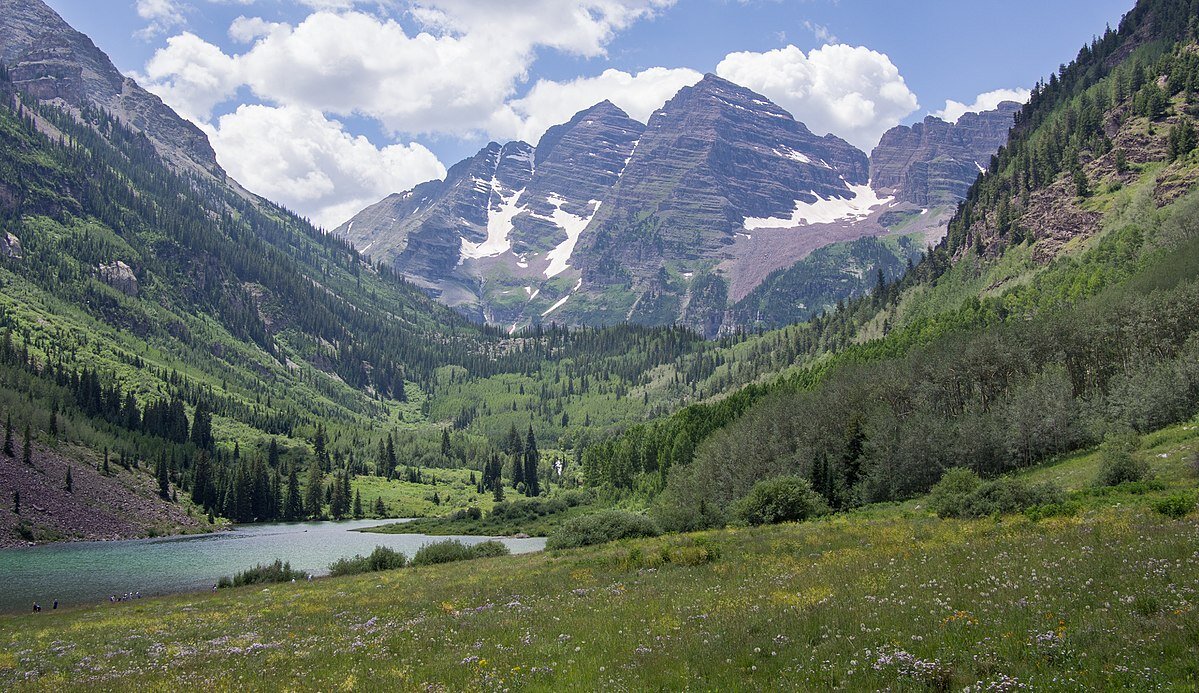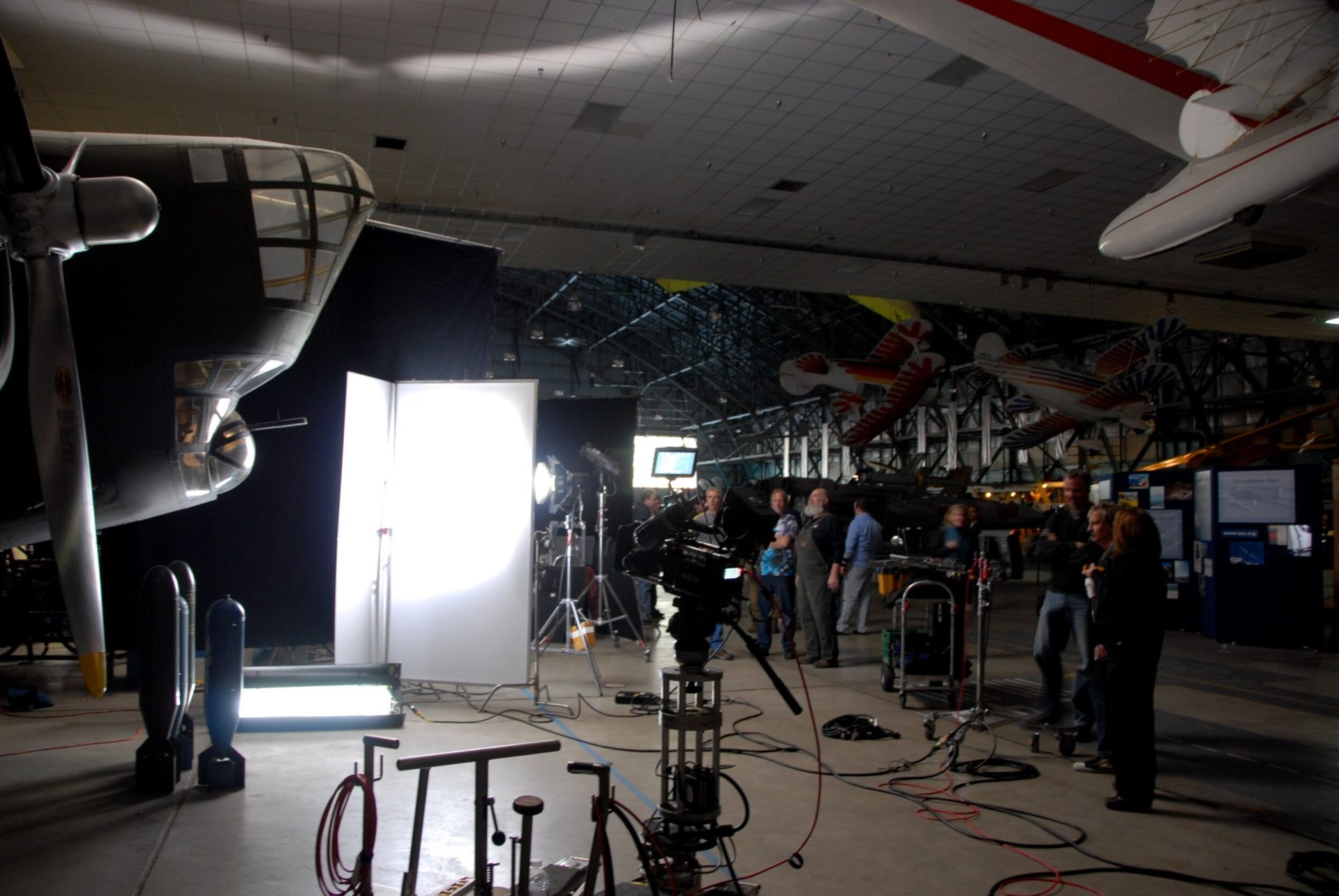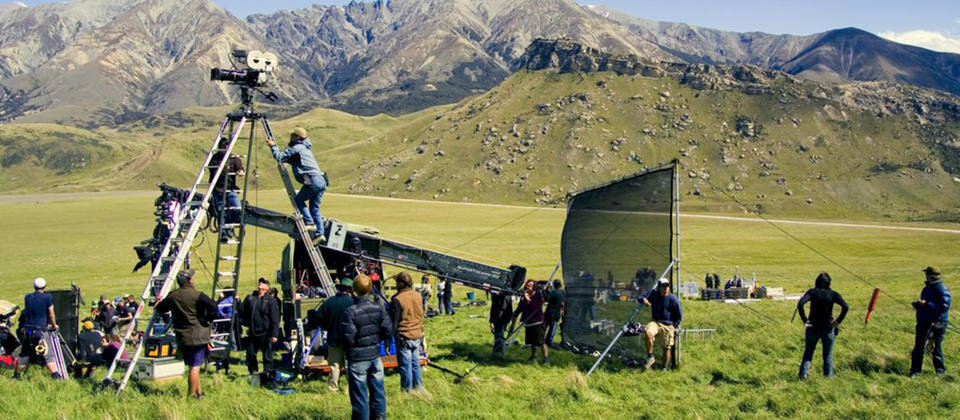Location, location, location. You hear it all the time in real estate but it’s just as important in film and video production. Whether you’re looking for the perfect place to shoot an interview or somewhere beautiful for a key scene in your script, picking your location is one of the most important decisions you make.
Before scouting, always read a the script. From the script, you should be able to put together a comprehensive list of all needed locations. Add in the shot list or the mood board and you will have everything you need. Once I’ve read the script, there are six questions I consider when selecting a location.
Does It Work With The Script?
Finding a match with the script is the priority in location scouting. If the ask is for open space and rolling hills a 7-acre ranch in the middle of town isn’t going to work. Stick to the specs of the script but feel free to offer some creative alternatives that just might work.
When debating between several choices, always lean towards the eye-catching locations; they add so much to the quality and composition of the video. I look for interesting neighborhoods in a city. Cityscapes that have beautiful backdrops. Wide open spaces with beautiful skies. Unique elements like textures, patterns, backgrounds and shapes that would add something special to the shot.
When’s The Shoot?
So many times clients have a great location in mind only to realize that the time of day makes it impossible to shoot there. A downtown street might look great at 9am on a Saturday but go there at rush hour on a Monday and suddenly there’s all sorts of problems. It’s critical to scout locations at the time the shoot is scheduled.
Time of day matters not only for crowds, noise and traffic but for sun position as well. Pay attention to whether a given spot is in full sun, partial sun or full shade. Bright sun can be harsh on people’s faces, and light-colored surfaces can blow out in full sunlight. Sun-tracking apps are a good investment and let you see the arc of the sun throughout the day.
Is It Accessible?
The most beautiful location will become a liability if you can’t get your cast, crew and equipment to and from it. How far up a mountain do you need to hike to get the shot? How long will low tide last before your beach location is underwater? Doing a cost vs. benefit analysis is always important in deciding where to shoot.
Once you’ve got your gear in the location, is there a place to stage it so that it is easy to access, but not in the way? Will you have enough power for everything you need? Are there bathrooms nearby? All of these must be checked off before committing to any location.

Is It Quiet?
Location audio can make or break a shoot. When scouting a location, determine if you will actually be able to capture clean, high quality audio. The last thing you want to hear every other take is “Hold for sound!” just because you missed something important when scouting the location.
Take a moment to listen to the background noise. Do you hear HVAC, refrigerator, or equipment noises in an office? Traffic noise or planes overhead outdoors? Can the noise be removed or controlled? I generally ask the person I am doing the scout with whether or not these elements can be turned off. In most situations (outside of traffic or planes) they can be accommodating.
How Much Will It Cost?
The truth is that some places are cheaper to work in than others. Look for locations that encourage film production and offer financial/tax incentives. If you’re tied to a certain city or state, tap into local resources in the area like film commissions and tourism boards. They always have lots of ideas on where to shoot.
To save money or get access to a popular spot, consider reducing the amount of time that you need the space, shooting at off peak hours or limiting the number of people you bring on location. The less you are asking for the easier it will be to secure a location.

Who’s in Charge?
Make sure you find the person with the authority to actually grant you access to the space and sign a location agreement. If the space is privately owned, it could be as simple as approaching the property owner. However, if it is owned by a business, nonprofit, or other organization you will probably need to start with the property manager and then seek final approval from their leadership or board. A similar process will probably apply if you are trying to film on public property, except you may need to seek additional permits or insurance beyond a standard location agreement.
Be aware that you’ll need to secure permits and other legal permissions to shoot at certain locations. As you’re looking at a location, understand ahead of time if it is needed and ensure you leave enough lead time to secure any permits.
Once you’ve committed to a location, treat it like you would treat your home. Respect the site and leave it like you found it. Do a walk through with the owner and make sure everything is OK. There have been times when I have tried to secure a location only to be turned away because of a bad experience a location had with an irresponsible production company. Don’t be that guy. Always ensure that the experience is positive for everyone involved. You never know when you might be back.

